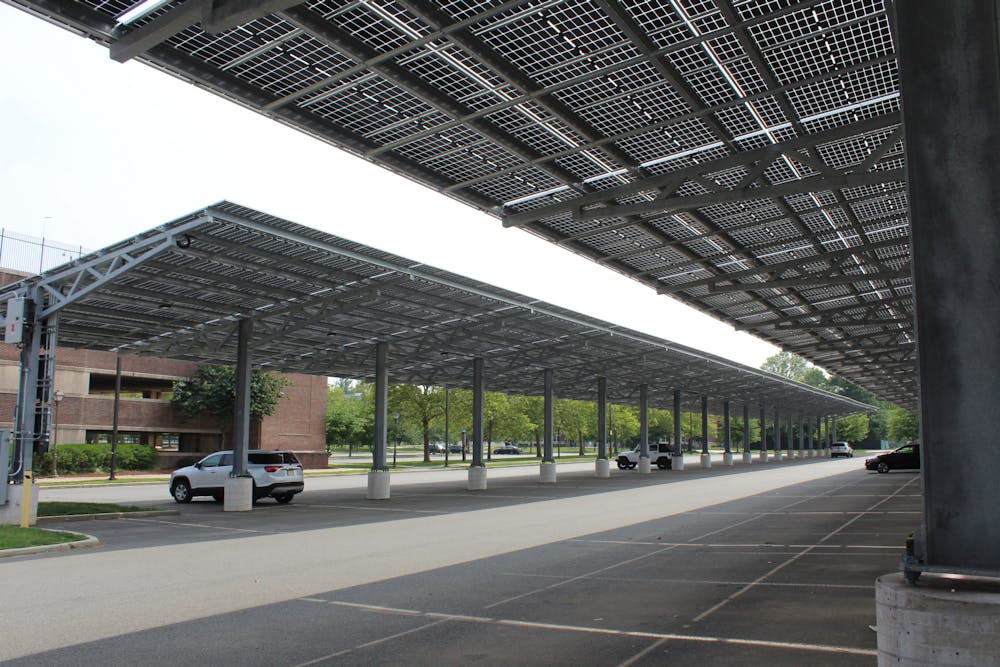By Isabella Darcy
Arts & Entertainment Editor
Powering the College’s 289 acre campus, where there are over 38 buildings, requires copious amounts of energy. To purchase energy for the entire campus would rack up a hefty bill of many millions of dollars.
Rather than buying all the energy it needs from off-campus suppliers, the College is largely self-sufficient in energy production. The College saves millions of dollars every year through this self-reliance.
Most of the electricity that the College uses is produced on-campus at the College’s Central Utility Plant, with the remainder being supplied by Public Service Electric & Gas, New Jersey’s largest utility for delivering gas and electric services. The College also purchases some natural gas that is used at the CUP from PSE&G.
Concord Engineering Group, a consultant that works independently of the College, published a report on the CUP, stating that in the 12 months leading up to Dec. 20, 2023, the College purchased $2,584,543 worth of electricity from the grid through PSE&G, meaning it was not produced at the College.
The CUP generates heat and power simultaneously through a process known as cogeneration, where the excess steam generated during electricity production is utilized for heating and cooling purposes.
“We here at TCNJ use this waste product [steam] to both heat and cool our building which allows us to be very energy efficient,” said Senior Director of Sustainability Paul Romano.
The energy produced through cogeneration at the CUP is less costly to the College compared to the electricity it purchases from PSE&G.
Within the Central Utility Plant, electricity and steam are generated and distributed throughout the campus (Photo by Matthew Kaufman / Managing Editor).
The College owns and operates the CUP and its distribution system, which transports electrical power throughout the campus. The CUP also distributes steam and chilled water for heating and cooling campus building spaces.
The cogeneration plant serves 38 buildings on campus with electricity, 31 buildings with steam and 21 buildings with chilled water, according to the Concord Engineering Group report.
Along with energy purchased from PSE&G and produced at the CUP, the College also utilizes solar power to produce electricity.
The College saves costs via solar power through its photovoltaic generation plant and solar power system. Photovoltaic cells are the main component of solar cells. Throughout the campus, there are solar panels located on the tops of buildings and in parking lots four and five.
The solar power produced can supply electricity to the campus, and the College can sell excess power it produces back to the grid.
“The total system produces 2,720,000 kWh per year, which equates to an approximate cost savings of over $408,000 annually,” according to the College’s Environmental Sustainability Council.
The implementation of the solar panels was a part of the College’s sustainability plan. As this plan is being acted upon, the College is both partaking in cost-effective energy production measures and making efforts to be more environmentally sustainable.
The College’s goal is to be carbon neutral by the 2040s. To achieve this, energy efficiency across campus must be increased, such as by switching all lighting across campus to LED lighting.
“The Environmental Sustainability Council here at TCNJ have recently established an energy working group and intend to make energy the theme of our April meeting,” said Romano.
The College will have to juggle its efforts to be both cost-effective and environmentally sustainable when it comes to energy. If it can do that, the campus is on its way to becoming greener, both environmentally and financially.







